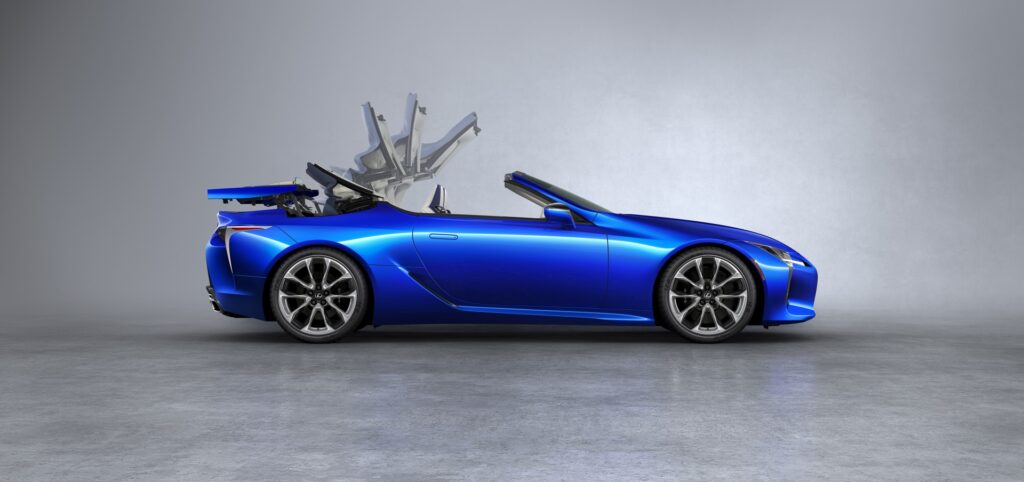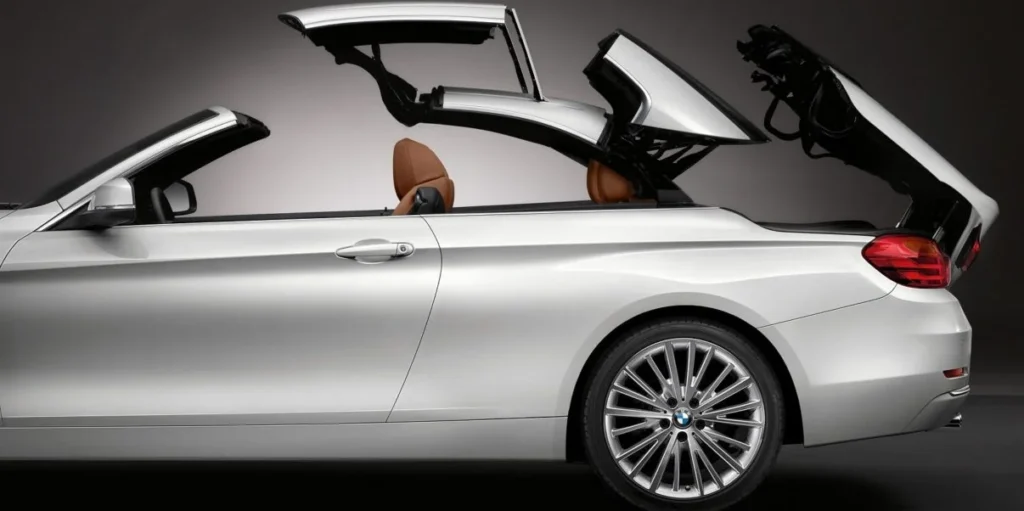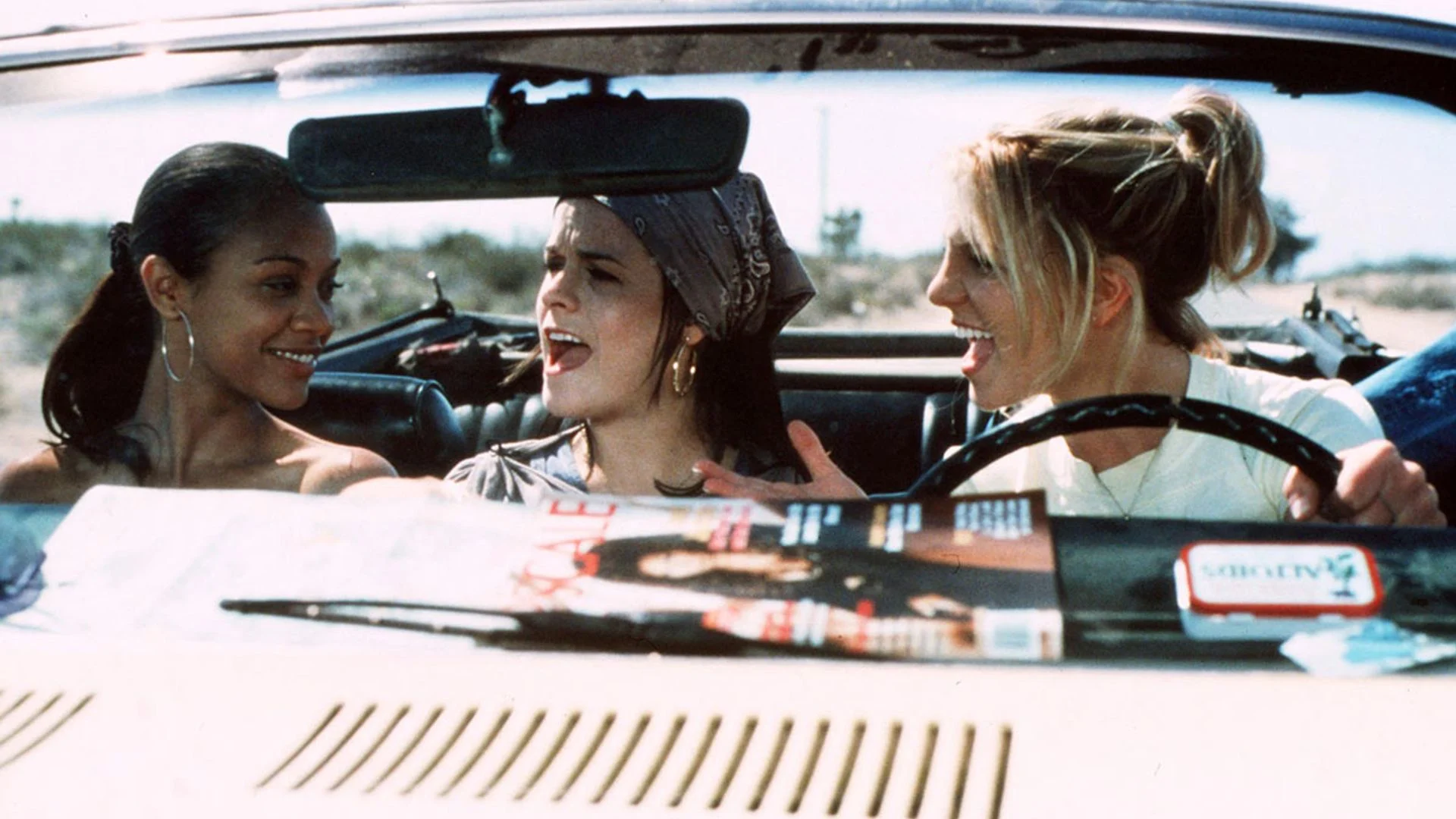Introduction
Convertible cars have long captured the imagination of drivers who crave the thrill of the open road and the sensation of wind in their hair. These vehicles, with their retractable roofs, offer a unique driving experience that combines freedom and exhilaration. But is the allure of a convertible all it’s cracked up to be? Let’s dive into the pros and cons of owning a convertible car and see if embracing open-air driving is the right choice for you.

Types of Convertible Cars
Soft-Top Convertibles

Soft-top convertibles feature a fabric roof that can be easily retracted or raised. They are typically lighter and less expensive than hard-top convertibles but may require more maintenance due to wear and tear on the fabric.
Hard-Top Convertibles

Hard-top convertibles come with a retractable hard roof, providing better insulation and security. They tend to be more expensive and heavier, impacting performance slightly, but offer a more polished and durable option.
Retractable Hardtops
Retractable hardtops are a hybrid, offering the benefits of both soft and hard tops. These roofs can fold and stow away, providing the convenience of a soft top with the security and insulation of a hard top.
Advantages of Convertible Cars
Open-Air Experience
One of the biggest draws of a convertible is the open-air experience. There’s nothing quite like driving with the top down on a beautiful day, feeling the breeze and enjoying the unobstructed view.
Aesthetic Appeal
Convertibles are often seen as stylish and luxurious. Their sleek designs and the allure of open-air driving add a significant cool factor, making them a favorite among car enthusiasts.
Versatility
With a convertible, you essentially have two cars in one. You can enjoy the benefits of an open-air ride when the weather is nice and still have the option to drive with the top up during inclement weather.
Increased Resale Value
Convertibles often hold their value well. Their unique appeal can make them more desirable on the resale market, potentially offering better returns when it’s time to sell.
Enhanced Driving Enjoyment
Driving a convertible can be a more engaging and enjoyable experience. The sensation of openness and connection to the environment can turn even mundane drives into enjoyable journeys.
Disadvantages of Convertible Cars
Higher Initial Cost
Convertibles generally cost more than their non-convertible counterparts. The additional engineering and materials required for the retractable roof add to the overall expense.
Increased Maintenance
Convertible tops, especially soft tops, require more maintenance. They can wear out, leak, or become damaged over time, leading to additional upkeep costs.
Noise and Insulation Issues
Convertibles tend to be noisier than hard-top vehicles, even with the roof up. Insulation from road and wind noise is often compromised, making for a louder driving experience.
Reduced Trunk Space
The mechanism for retractable roofs often takes up trunk space, reducing the overall storage capacity of the vehicle. This can be a drawback for those who need ample space for luggage or gear.
Safety Concerns
Convertibles are sometimes perceived as less safe than hard-top vehicles. While modern convertibles come with advanced safety features, the lack of a permanent roof can still be a concern in rollover accidents.
Performance and Handling
Differences in Handling Compared to Non-Convertibles
Convertibles often have a different handling dynamic due to their design. The lack of a fixed roof can affect the car’s rigidity, sometimes resulting in less precise handling.
Impact on Speed and Acceleration
The additional weight of the retractable roof mechanism can impact the speed and acceleration of convertibles. They might not perform as briskly as their non-convertible versions.
Weight Distribution Issues
The engineering required to accommodate the retractable roof can affect the car’s weight distribution, which can influence the overall driving experience.
Climate Considerations
Best Climates for Convertible Driving

Convertibles are best enjoyed in temperate climates where rain and extreme temperatures are rare. Regions with mild, sunny weather provide the ideal conditions for open-air driving.
Seasonal Limitations
In areas with harsh winters or frequent rain, convertible owners may find themselves driving with the top up more often than not, which can detract from the convertible experience.
Weather Protection
Modern convertibles come equipped with roofs that provide decent protection against the elements, but they might not be as robust as traditional hard-top vehicles in severe weather conditions.
Maintenance and Care
Regular Maintenance Tips
Keeping a convertible in top shape requires regular maintenance. This includes checking the roof mechanism, ensuring seals are intact, and cleaning and conditioning the top material.
Special Care for Soft-Top Roofs
Soft-top roofs need special attention to prevent mold, mildew, and tears. Using specialized cleaning products and avoiding harsh chemicals is crucial.
Dealing with Leaks and Wear
Convertible tops can develop leaks and wear over time. Regular inspections and prompt repairs are necessary to maintain the integrity of the roof and prevent water damage.
Safety Features and Considerations
Modern Safety Technologies
Many modern convertibles come equipped with advanced safety technologies like rollover protection systems, side airbags, and reinforced frames to enhance safety.
Roll Bars and Reinforced Frames
To address safety concerns, convertibles often include roll bars and reinforced frames to provide additional protection in the event of a rollover.
Impact of Safety on Insurance
The perceived safety risks associated with convertibles can affect insurance premiums. Convertibles may cost more to insure than comparable hard-top vehicles.
Cost Analysis
Initial Purchase Cost
The initial purchase cost of a convertible is typically higher than that of a non-convertible vehicle due to the additional engineering and materials involved.
Long-Term Maintenance Costs
Convertibles can incur higher long-term maintenance costs, particularly for roof repairs and replacements.
Depreciation Rates
While convertibles can have good resale value, they also depreciate like any other vehicle. The rate of depreciation can vary based on the make, model, and condition.
Convertible Cars and Lifestyle
Ideal Users of Convertibles
Convertibles are ideal for those who appreciate the driving experience and often drive in good weather conditions. They are popular among enthusiasts and those seeking a stylish, enjoyable ride.
Lifestyle Compatibility
Convertibles can fit well with various lifestyles, from single professionals to couples and retirees. However, they might not be the best choice for large families or those needing significant cargo space.
Convertible Car Communities and Clubs
Owning a convertible can open doors to a vibrant community of like-minded enthusiasts. Joining clubs and attending events can enhance the ownership experience.
Environmental Impact
Fuel Efficiency
Convertibles can sometimes be less fuel-efficient than their hard-top counterparts due to the added weight and potential aerodynamic differences.
Emissions
The environmental impact of a convertible will depend on the specific model and its engine. As with all vehicles, newer models tend to be more environmentally friendly.
Sustainable Choices
Choosing a convertible with better fuel efficiency or an electric model can help mitigate the environmental impact and align with sustainable driving practices.
Top Convertible Car Models
Best Luxury Convertibles
Luxury convertibles like the BMW 8 Series, Mercedes-Benz S-Class, and Porsche 911 offer top-tier performance, comfort, and style.
Best Affordable Convertibles
Affordable options like the Mazda MX-5 Miata, Ford Mustang Convertible, and Mini Convertible provide great value and fun driving experiences without breaking the bank.
Classic Convertibles
Classic convertibles such as the Chevrolet Corvette, Jaguar E-Type, and Ford Thunderbird hold a special place in automotive history and are highly sought after by collectors.
Future of Convertible Cars
Technological Advancements
Future convertibles will likely incorporate advanced technologies such as autonomous driving features, improved roof mechanisms, and enhanced safety systems.
Market Trends
The market for convertibles may fluctuate based on consumer preferences and economic conditions. However, the unique appeal of convertibles is likely to keep them in demand.
Predictions for Future Models
We can expect future convertibles to offer better fuel efficiency, more sustainable materials, and a greater emphasis on safety and technology.
Personal Stories and Testimonials
Experiences from Convertible Car Owners
Many convertible owners share stories of joy and freedom that come with open-air driving. These personal experiences highlight the unique pleasure that convertibles offer.
Case Studies
Case studies of long-term convertible ownership can provide insights into the practical aspects, including maintenance, durability, and overall satisfaction.
Conclusion
Convertible cars offer a unique and exhilarating driving experience that is hard to match. From the thrill of open-air driving to the stylish appeal, convertibles have a lot to offer. However, they also come with certain drawbacks, such as higher costs and maintenance needs. Ultimately, whether a convertible is the right choice depends on your personal preferences, lifestyle, and driving conditions.
FAQs
Are convertible cars safe?
Yes, modern convertibles come with advanced safety features like roll bars, reinforced frames, and side airbags. However, they may have different safety dynamics compared to hard-top cars.
How do convertible cars perform in bad weather?
While convertibles are designed to handle various weather conditions, they may not be as robust as hard-top cars in severe weather. It’s best to drive with the top up in rain or snow.
What is the lifespan of a convertible top?
The lifespan of a convertible top can vary based on material and care but generally ranges from 5 to 7 years. Regular maintenance can extend its longevity.
Do convertible cars have good resale value?
Convertible cars often have good resale value due to their unique appeal. However, the resale value will depend on the make, model, condition, and market demand.
Can you drive a convertible in winter?
Yes, you can drive a convertible in winter, but it’s essential to ensure the roof is in good condition to prevent leaks and provide adequate insulation. Using winter tires and driving cautiously is also recommended.
